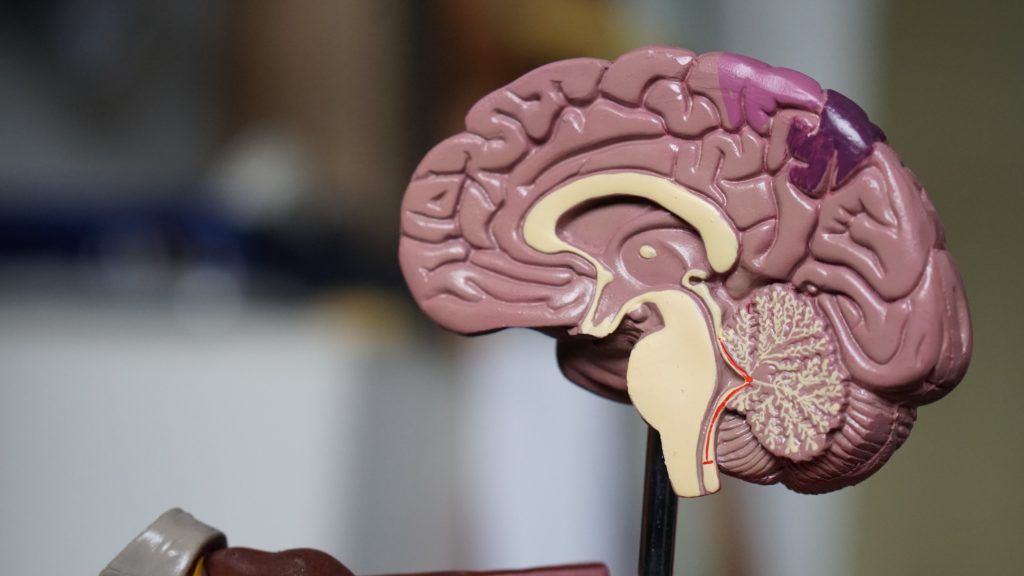Alzheimer’s and dementia are two terms that people frequently confuse with one another. It is an understandable mistake: Alzheimer’s and dementia are related to one another, though they are not exactly the same. Dementia is a general term for associated symptoms of decreased cognitive function. Alzheimer’s is a specific disease that includes dementia as one of its signs. To put it another way, Alzheimer’s symptoms always include dementia, but dementia symptoms may have causes other than Alzheimer’s.
What Is Dementia?
Dementia is an umbrella term that refers to a decline in cognitive function, affecting your ability to communicate, recall memories, and perform activities of daily living. It always results from changes in the brain over time, but there are many possible underlying causes for the changes. Sometimes the cause may be a degenerative neurological disorder that causes the nerve cells in the brain to break down. Examples of this type of dementia include Alzheimer’s, Parkinson’s, and frontotemporal dementia. The cause of the damage may be genetic, as with Huntington’s disease. Another possible cause is insufficient blood flow to the brain, which results in a common condition called vascular dementia.
Sometimes more than one cause contributes to symptoms, in which case it is called mixed dementia. Other times, one type of dementia may be mistaken for another. For example, the symptoms of Parkinson’s disease dementia and dementia with Lewy bodies are very similar, although they show up differently. For this reason, dementia with Lewy bodies is often misdiagnosed as Parkinson’s.
Dementia is primarily associated with the elderly because they are most vulnerable to the most common causes. However, because many possible underlying conditions can cause dementia, it can also affect relatively young people. For example, Huntington’s disease is a genetic brain disorder that starts producing symptoms of dementia between the ages of 30 to 50. Frontotemporal dementia, which is probably inherited, can manifest at age 45. While Creutzfeldt-Jakob disease, either genetic or acquired, usually causes symptoms in older people, the variant that results from eating beef from cattle with mad cow disease can affect people as early as their 20s.
Because many different underlying causes affect multiple brain areas, early-onset dementia symptoms vary widely. The following are all possible symptoms of dementia:
- Language changes
- Decreased attention and focus
- Poor judgment
- Thinking changes
- Memory decline
A diagnosis of dementia requires difficulties in at least two of these areas.
Depending on what is causing dementia, it may be possible to reverse it by treating the underlying cause. For example, treating dementia that results from normal pressure hydrocephalus may be possible by draining the excess spinal fluid with a shunt. Unfortunately, many of the underlying causes of dementia don’t have a cure. In these cases, treatment focuses on managing symptoms.
What Is Alzheimer’s?
Alzheimer’s is a specific disease characterized by cognitive decline. It is responsible for up to 80% of all dementia diagnoses, making it the most common cause. Given how often dementia symptoms result from Alzheimer’s, it is no wonder that people use it to refer to any type of dementia. Indeed, as is the case with mixed dementia, both Alzheimer’s and another cause may be factors.
Alzheimer’s is a mysterious disease that we do not yet fully understand. It occurs because of a buildup of different substances in the brain, tangles of fibers, and plaques of protein, but it is not clear what causes this to happen. The buildup destroys nerve cells, gradually blocking signals between them to no longer be connected. Alzheimer’s cannot be definitively diagnosed until an autopsy examination of a person’s brain takes place after death. Imaging scans of the brain, such as CT and MRI, may detect changes that are probably caused by Alzheimer’s, but usually, diagnosis involves assessing cognitive function and ruling out other conditions.
Alzheimer’s symptoms start mild and gradually become more severe. They typically follow a characteristic pattern, which helps with diagnosis. Alzheimer’s first attacks the part of the brain that controls learning, causing trouble remembering new information. Other symptoms include confusion, impaired decision-making, and problems concentrating. Alzheimer’s can cause depression, other mood changes, and personality changes. For example, people with Alzheimer’s can become aggressive and mistrusting or stop caring about things that used to be important to them.
There is a complex set of risk factors for Alzheimer’s disease, but the most significant is increasing age. Most patients are 65 or older, though there have been cases diagnosed in patients younger than that. Contrary to what some people think, neither Alzheimer’s nor dementia is a normal part of aging.
While there is no cure for Alzheimer’s, some medications can slow disease progression. Memory problems caused by Alzheimer’s or another form of dementia may be improved by cholinesterase inhibitors, while glutamate inhibitors may help both memory and learning problems. Psychiatric medications, such as antipsychotics and antidepressants, may help with behavior and mood changes. Because Alzheimer’s is progressive, treatments are more effective if begun in the early stages.

